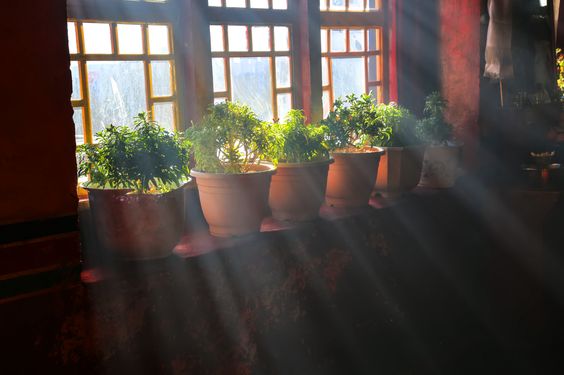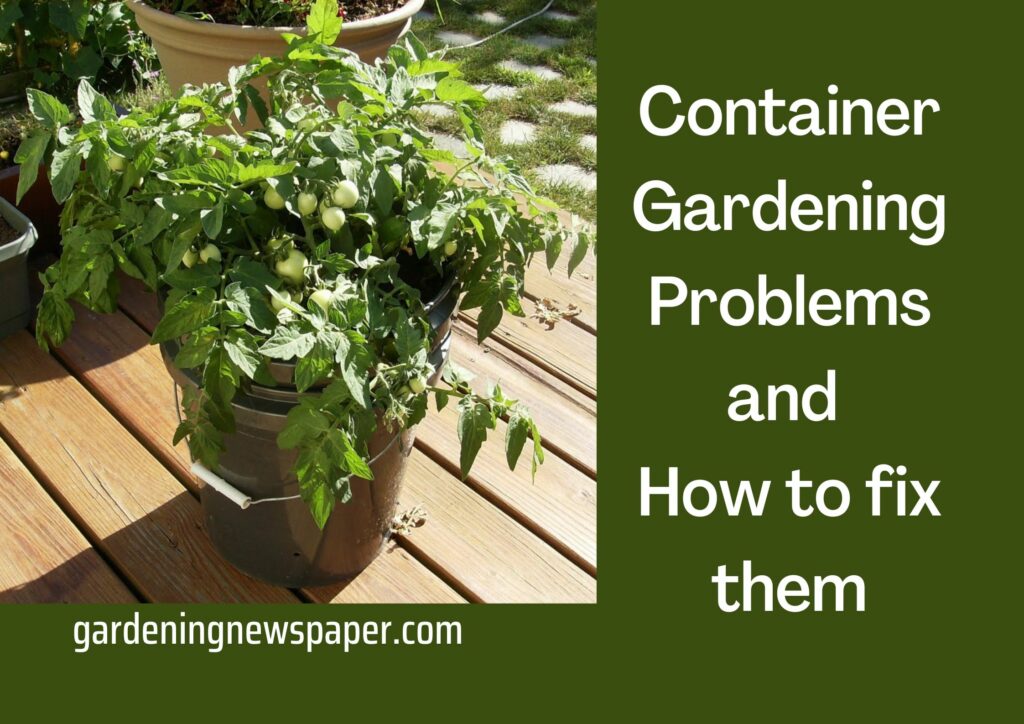What vegetables grow well together in containers: Planting Vegetable in Container

Container gardening is a great way to enjoy fresh produce year-round. If you don’t have the space for a full-sized garden, you may feel like your options are limited. However, with a little gardening knowledge and careful attention, many vegetables and herbs can be grown in a container and harvested right on the plate.
Some vegetables that grow well in containers are nightshades, such as tomatoes, potatoes, peppers, and eggplants. Some plants such as peas, and lettuce are fast-growing and easy to grow in plants it will magnify the beauty of your garden. In general, use a good-quality organic potting with good drainage soil to fill your vegetable pot.
what vegetables grow well together in containers? In this article we try to answer this question. The container can vary in size depending on the type of vegetable you are harvesting. Some vegetables, such as leafy greens, have relatively shallow roots and do not require a deep container. But others, like potatoes, need deep soil for proper development. Some container garden ideas include using fabric pots that are lightweight to move when needed or planting a vertical garden with pots attached to a fence or wall.
Easy vegetables to grow in pots are listed in this article.
You can grow vegetables together in containers if they both have the same requirement for nutrition. For example, herbs and salad greens can often be grown together. If you’re peeking for ideas for vegetable containers, here are some vegetables that do well in containers on your verandah, terrace, or balcony, as long as they get adequate sun.

Vegetables combination ideas that well together in container gardening.
Here are more details about each of these pairs you can harvest in your little indoor garden.
Carrot and tomato growing together.
- Tomatoes are suitable to plant with carrots, it gives them shade in your home. Tomatoes protect carrots from weeds, carrot flies, and pests as well.
- Carrots give tomatoes soil to aerate. This ensures good moisture and nutrient circulation in the soil. Tomatoes and carrots grow well together in container its evident from these facts.
- Leeks, Rosemary, Sage, and Chives can as well protect the tomato plants from weeds as well. You want to avoid growing plants like cilantro and dill near carrots, as they will slow their growth.
Basil and Chili plant are good for each other.
- Basil is a good partner for chili plants as they help improve their growth and flavor in your home.
- It can also prevent some harmful insects from entering your plants.
- Basil also grows together with tomatoes, parsley, oregano, and rosemary. But it is not good to grow basil together with sage. Basil needs soil with a lot of moisture to grow well. But a sage prefers dry soil.

Beans and Pumpkin grow well together
- Beans and squash are three staple vegetables. This is a very common choice of staple veggies to grow together for a very long term. Although they often grow in containers, beans, and squash easily grow together in large pots. Zucchini also good to grow with beans in a container garden.
- Beans are nitrogen fixers, which means they take nitrogen from the air and store it in the soil. This is useful for squash, which needs a lot of nitrogen to produce long vines and fruit.
- Squash acts as a natural mulch for the beans, binding moisture and nutrients. Both beans and squash are available as vine and bush varieties. Choose one of each, such as beans, and a squash, such as a pumpkin. This way you benefit your container and cover space.
Okra, Lettuce vegetables, and Basil
- If you live in the south or another warm climate, you should really try to grow okra in your container garden. It is a unique, highly productive addition to your other herbs and vegetables.
- Lettuce and herbs like basil, and mint are good neighbors for long, shiny okra. Okra plants a long stem and grows up to 6 feet tall, providing partial shade for lettuce and basil.
- They like the full sun, but in the hottest part of the summer, they can take a breather in the middle of the day.
- Lettuce and basil have lower root systems that do not compete with okra. Basil, like other herbs, can repel many pests and is a good companion plant for many vegetables.

Green beans and corn vegetables
- Green beans grow well with them because they can be used as a grill. Green beans fix nitrogen in the soil, which is good for the plant.
- Other useful companion plants for green beans are broccoli, Brussels sprouts, cabbage, cucumber, potatoes, and radishes.
- You don’t want to grow beets or onions near green beans because they stunt growth.
Onions and carrots in containers
- Onions grow well with carrots because they protect them from pests such as the carrot fly or aphids.
- Lettuce, Beetroot, Cabbage, Tomatoes, Cucumber, and Rosemary are also very suitable to grow together with them.
- You want to keep bulbs away from plants like beans, peas, cucumber, and asparagus because they slow the growth of those plants.
Green beans and corn in pots
- Green beans grow well with corn. Green beans fix nitrogen in the soil, which is good for the corn plant.
- Other useful companion plants for green beans are broccoli, Brussels sprouts, cabbage, cucumber, peas, and potatoes.
- You don’t want to grow beets or onions near green beans because they stunt growth.
Spinach and Peas (easy vegetable to grow in pots)
Peas are perfect for containers and small spaces. The grid behind the container gives the peas plenty of space. This leaves room in the rest of the dish for the legume lover, spinach.
Spinach helps keep the soil moist thanks to its low-growing leaves. A tall pea trellis can also provide shade from the hot afternoon sun, something spinach needs to survive warmer weather.
Eggplant and paprika planting
- Eggplant and paprika both belong to the night cream family. Because they belong to the same family, they have similar nutrient, pH, and sunlight requirements.
- Planting them together can be beneficial and you don’t have to worry about them competing for nutrients or resources.
Cabbage and cauliflower vegetable container garden
Cabbage and cauliflower are both members of the Brassica family. When plants belong to the same family, it means that they have similar needs for nutrients, pH, and sunlight. So planting them together is a good way to make a good environment for them as there is no competition for resources.

Much of the success of your container garden depends on the growing medium you choose. Plants have very limited access to water or nutrients, so you have to choose substrate on the basis of its quality so that your vegetables can obtain their required nutrition.
When choosing a containers gardening, consider the following characteristics:
- Does the soil hold adequate moisture and nutrient?
- Does the soil have enough drainage and ventilation system?
- If the soil has weeds and pests that can harm your vegetable?
For container garden, you can buy pre-mixed potting soil in bags. It is excellent if you are planting a few containers for your vegetables and watering them. However, if you intend to plant widely, it is more economical to mix the mixture yourself. Container gardens are the best gifts you can give to your family or friends.
Prepare soil for planting vegetables in container.
The garden soil or normal soil is not suitable for tools or products for container gardening. Most often, the garden soil in the containers becomes too dense, which prevents the growth of the plant. It also has a greater chance of becoming contaminated with weed seeds, diseases, and pests.
Don’t get disappointed because of the shortage of space. Container gardening is very useful for households, and it can help you to stay healthy as well. Just go for the combination of veggies you want to harvest.








































